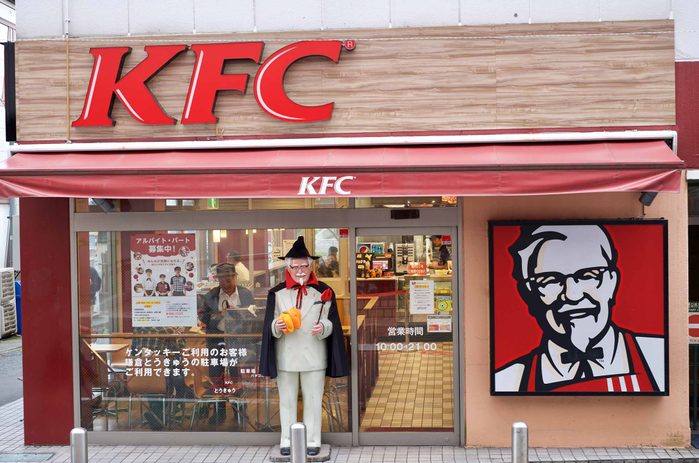
1. Japan
When it comes to holiday food traditions from around the world, you can’t beat Japan: around Christmas time, the customary meal is KFC. That’s right, take-out fried chicken. And it’s not just a spontaneous trip down to the local KFC to get it either. They order it up to two months in advance. Marketing for the Christmas Party Bucket was so successful that it has become a Christmas Eve tradition!
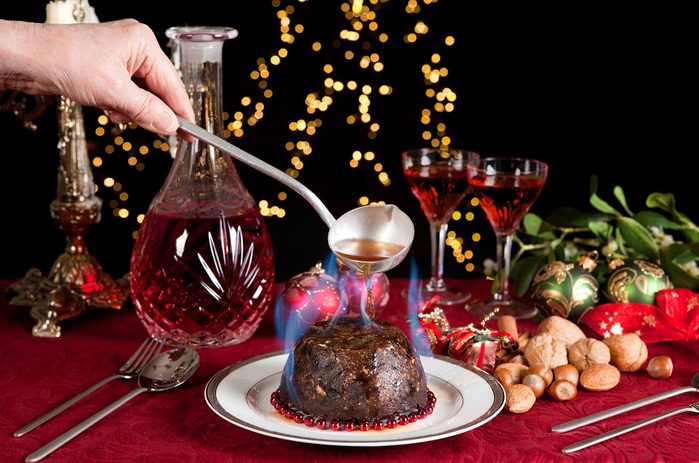
2. England
Forget about fruitcake, the traditional butt of Christmas jokes. The English have really gone all-out with their traditional flour-based – or should we say alcohol-based? – holiday dessert. Ingredients include the dried fruits, nuts, and spices one might expect in a fruitcake, but by saturating it with alcohol (usually brandy or whiskey) and steaming it, it is transformed into Christmas pudding. But it must age a bit, therefore it is often made in November. It will be steamed again before serving and then doused with brandy and set alight. An old coin or charm can be baked into the pudding, giving good luck to whoever finds it. Unless they break a tooth. Or burn their eyebrows. Happy Holidays!
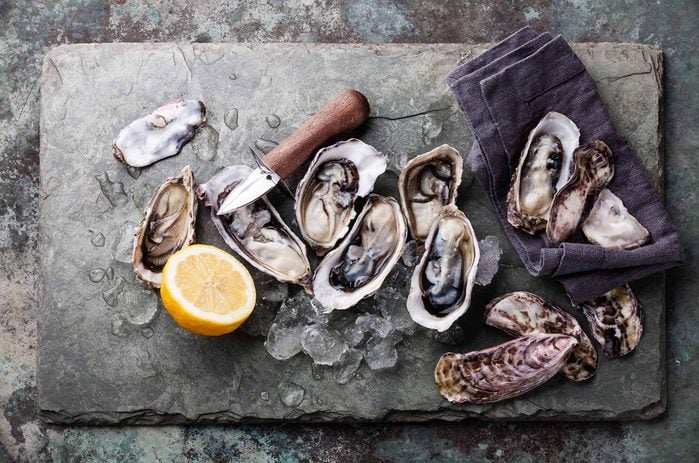
3. France
When the holidays come around, the French go with what they love: oysters and foie gras. While these things are enjoyed year round, around the time of the holidays the consumption really goes up. About half of France’s annual oyster production is eaten during the week from Christmas to New Year’s Day, and 70% of the entire consumption of them (import and domestic) occurs in that time. The old rule about only eating oysters during months with the letter ‘r’ in it may have had something to do with it, but this peak at the end of the year makes oysters, at least, a true holiday tradition.
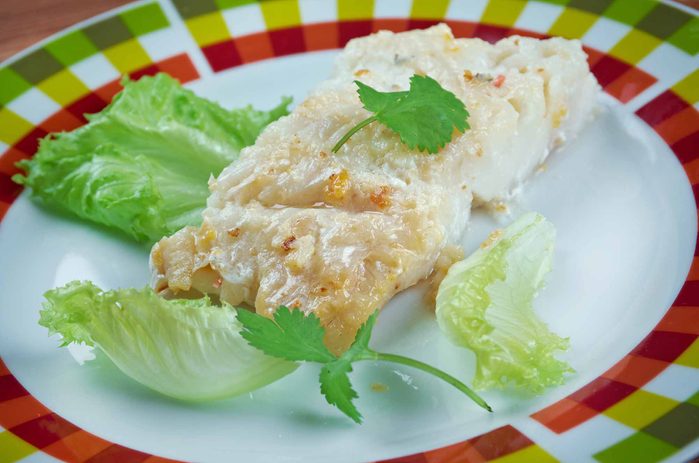
4. Norway
This dish might be a bit like Limburger cheese: adored by fans but abhorred by detractors. Lutefisk is a winter delicacy for the people of Norway (as well as Sweden and parts of Finland and the North American descendants of immigrants from such places). It is dried or salted whitefish (often cod) which is subsequently treated with lye. That’s right, the corrosive chemical you might find in soap. This process breaks down proteins and gives the fish a gelatinous texture. The corrosive qualities are soaked out afterward, and the fish is cooked with salt. My Finnish grandmother swears by it. She’s 97.
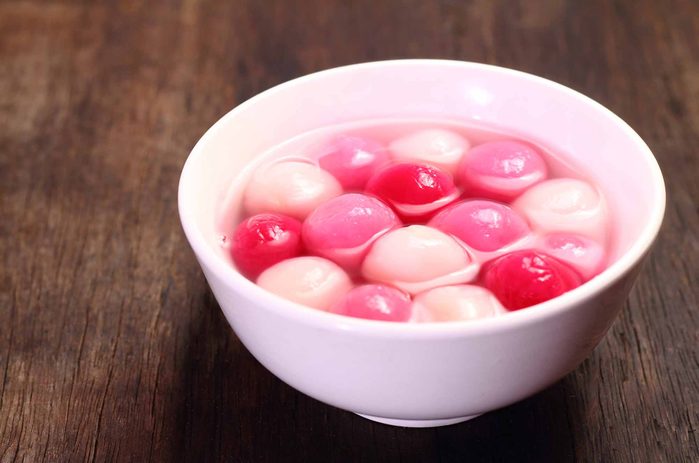
5. China
One of the most important Chinese holidays, just after the Gregorian New Year, is the Lantern Festival which is celebrated there and in many Asian countries with people of Chinese heritage. The festival is celebrated on the fifteenth day of the first month of the Chinese calendar. One of the traditional dishes served is tangyuan. These are round dumplings of glutinous rice, sometimes solid but typically filled with sweetened black sesame paste or red bean paste, and boiled before serving. They can be served in the water they were boiled in which is sometimes sweetened or flavored with ginger. Tangyuan is also associated with the winter solstice.
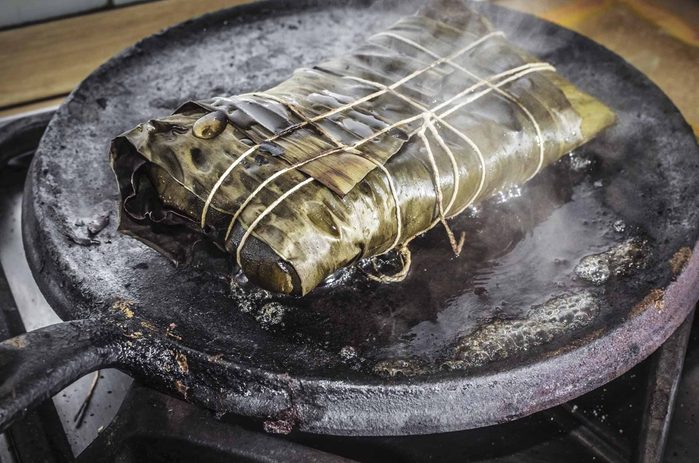
6. Venezuela
Hallaca, the traditional Christmas food in Venezuela, is no small project. Often a batch that will last the entire season is made up all at once and multiple family members might have their hands in the process. Somewhat similar in concept to tamales, hallacas are made with corn dough wrapped inside a plantain leaf. Also added inside is a mixture of meats, commonly pork, beef, chicken or even pork rinds, as well as raisins and olives. The leaf wrap is tied shut with string and the hallaca is cooked in boiling water. Recipes vary by region and family, and of course, everyone will tell you their mother’s hallacas are the best.
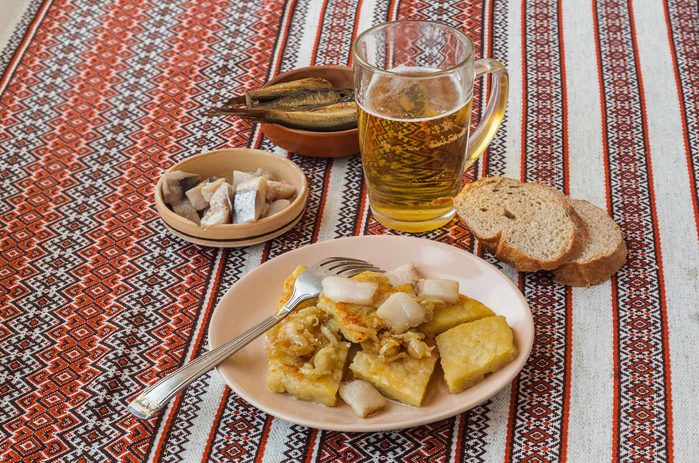
7. Lithuania
Set up the Christmas smorgasbord when you are in Lithuania. The holiday meal consists of 12 dishes, one for each Apostle. As part of a holiday fast, no meat, eggs or dairy products are served. Typically, herring with carrots or mushrooms is one of the main dishes, and you may find dumplings stuffed with sauerkraut. While this twelve-dish spread is popular in Poland and Ukraine as well, in Lithuania you are unlikely to find many sweets on the table.
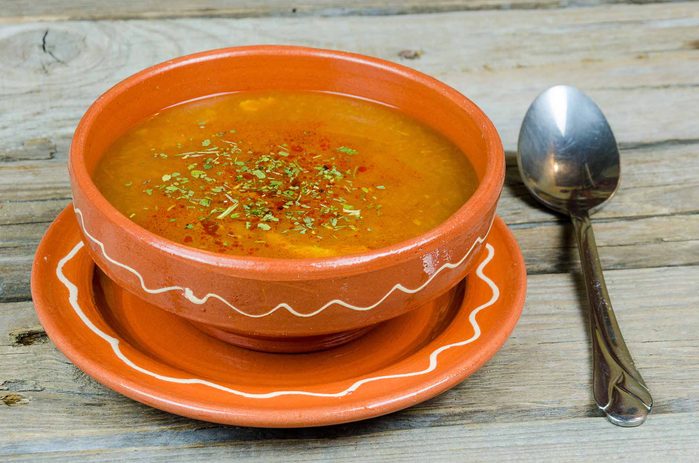
8. Czech Republic
Cookies, strudel, Christmas bread, and…fish soup? Christmas begins on the eve of December 24 but lasts through December 26. Christmas Eve is called “Generous Day” in Czech, and the abundance of food at the dinner table gives the truth to that label. Soup is a staple for meals and as carp is commonly served for the holiday, it is no surprise that fish soup comes along with it. The meal begins traditionally when the first star appears in the sky that night.
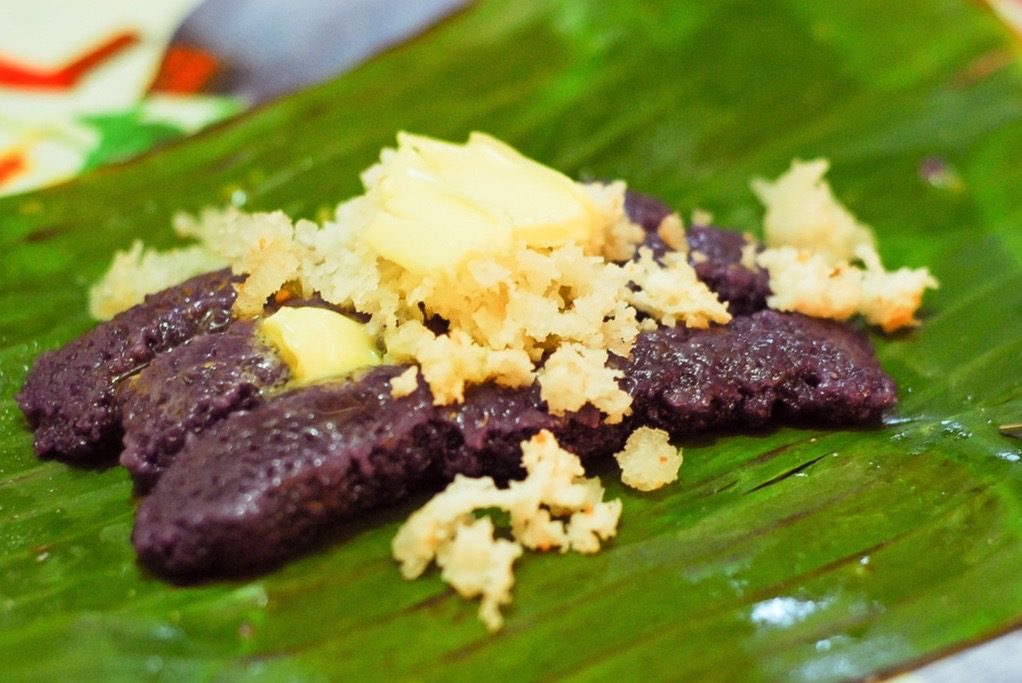
9. Philippines
For someone outside the Philippines, purple rice might come as a surprise. One of the holiday foods most popular in the islands is puto bumbong. Around Christmas time, especially after church services on Christmas Eve, people line up in the street to get to stalls selling this sweet treat. It is made with glutinous rice called pirurutong, a mixture of white and black rice which appears purple in the end. The rice is soaked overnight in salt water, then drained and ground and inserted into a tube of bamboo, a bumbong. The tube is steamed until the mixture cooks, and the rice, now formed in the shape of the tube, is served with butter, sugar, and shredded coconut on top.
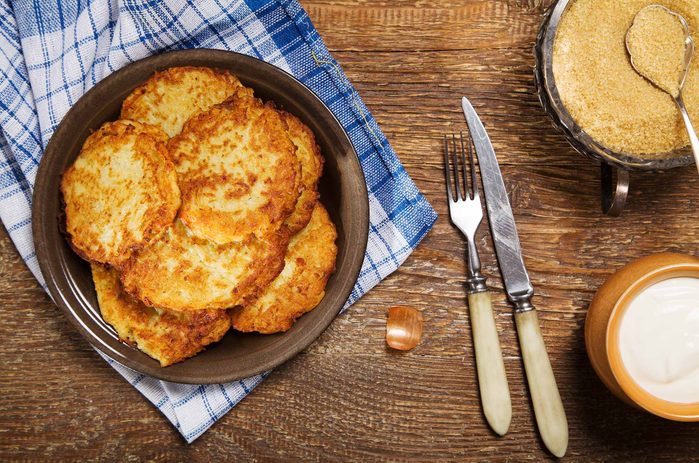
10. Hanukkah
This Jewish holiday is determined by the Hebrew calendar and thus moves about in relation to the Gregorian calendar each year. But you can expect the eight-day Festival of Lights to begin in December or late November. Common for the meals during this time are fried potato pancakes called latkes. While there are non-potato variations, the important part is really the cooking method. Food fried in oil commemorates a miracle in the Jewish tradition, when oil burning during the purification and rededication of the Temple in Jerusalem burned for eight days.